WolfSpring
TPF Noob!
- Joined
- Oct 11, 2007
- Messages
- 159
- Reaction score
- 0
- Can others edit my Photos
- Photos OK to edit
So I found that my D40 does have a B&W option, thought it's not as detailed as using PS on a color photo, I took a bunch of photos with it on B&W. Something I found out, for me that it, that it seems to be easier to try and learn light with B&W. I think one of my main problems with lighting before was so many colors not looking right and I attributed that to lighting, and it may have been film speed or ISO not necisarrily apperature and lighting. Now that I have removed WB from the equasion and I don't have colors to worry about, I can manipulate the settings to better understand shading and lighting. As I said this works for me, may not work for someone else just something I thought I'd share if someone else was having problems with lighting, maybe they can try this to learn better. Also I would like to appologize for my spelling and grammar, especially to those who have to translate this. I am no where near stupid, and I did learn english once, and when I have to do something buisness I use MS Word. I am lazy and do not feel that spelling and grammar are that important as long as I get the message accross. If anyone has a comment on why my theory is flawed something I am not considering by all means tell me before I go to far thinking I am learning and I am actually setting myself up for failure. Thank you.


![[No title]](/data/xfmg/thumbnail/36/36392-ee7dc51c9be334b9979003f6316db12e.jpg?1619737547)
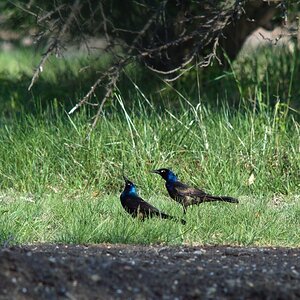
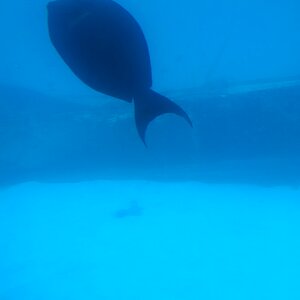
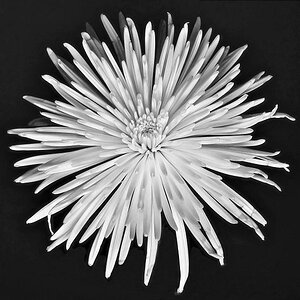
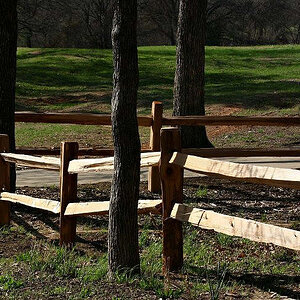
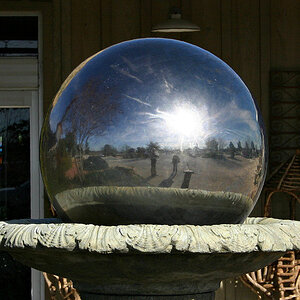
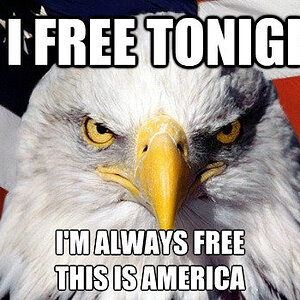
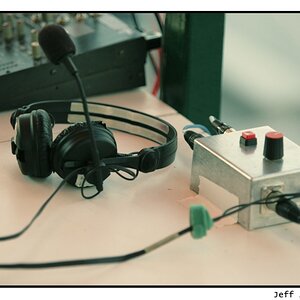
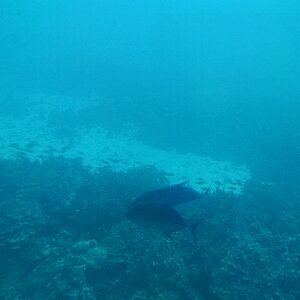
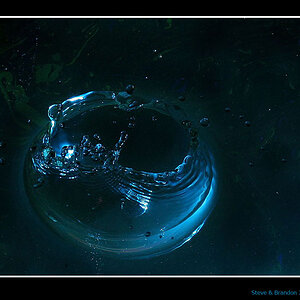
![[No title]](/data/xfmg/thumbnail/35/35264-5ade32b7036391926536661aeb7491c3.jpg?1619736969)
![[No title]](/data/xfmg/thumbnail/34/34142-948c6bafdf60862125009004d5a06e46.jpg?1619736315)